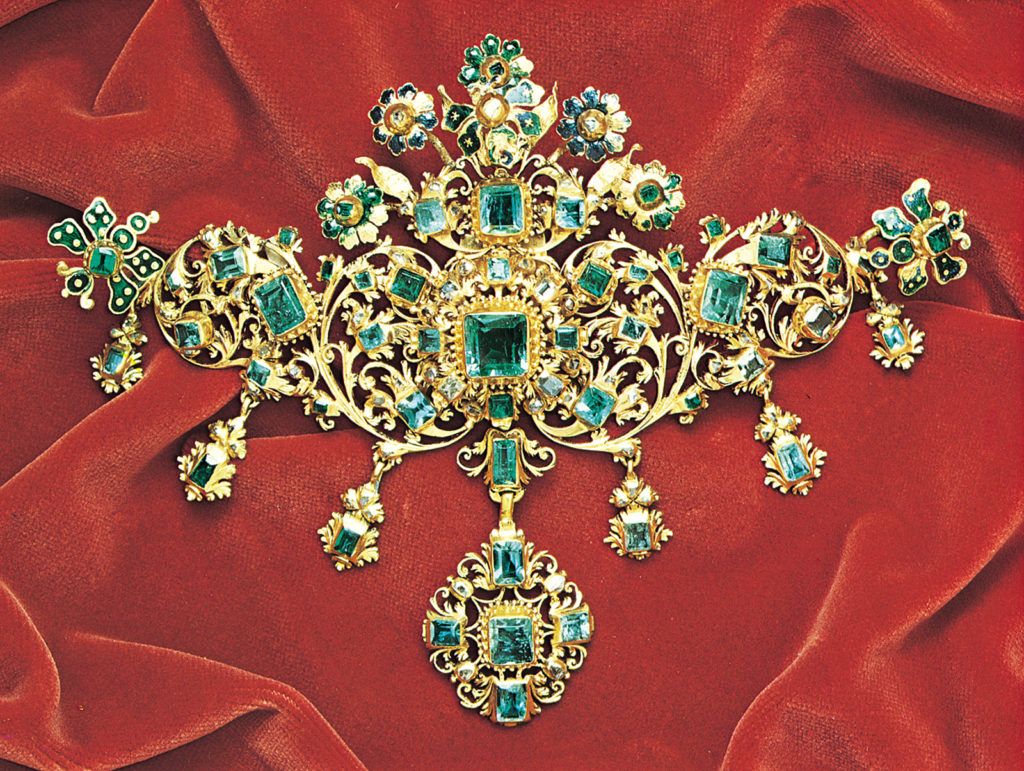Origins of Jewelry
Metals: Of gold’s properties, when it was first discovered (probably in Mesopotamia before 3000 BCE), it was the metal’s malleability that was a new phenomenon: only beeswax, when heated to a certain temperature, could be compared to it. Gold’s molecules move and change position in accordance with the stresses to which it is submitted, so that when it is beaten it gains in surface area what it loses in thickness. In modern jewelry, gold can take on a variety of hues when it is alloyed with other metals: water green, white, gray, red, and blue.
After gold, silver is the metal most widely used in jewelry and the most malleable. Although known during the Copper Age, silver made only rare appearances in jewelry before the Classical age. In general, silver was, and still is, used in jewelry for economic reasons or to obtain chromatic effects. It was often used in the 17th, 18th, and 19th centuries, however, as support in settings for diamonds and other transparent precious stones, in order to encourage the reflection of light.
Another rare metal, whose use in jewelry is fairly recent, is platinum. From the 19th century onward, this metal was used ever more frequently in jewelry because of its white brilliance and malleability, as well as its resistance to acids and its high melting point.
Modern jewelry, such as that designed by early 20th-century artists, introduced nonprecious metals such as steel.
